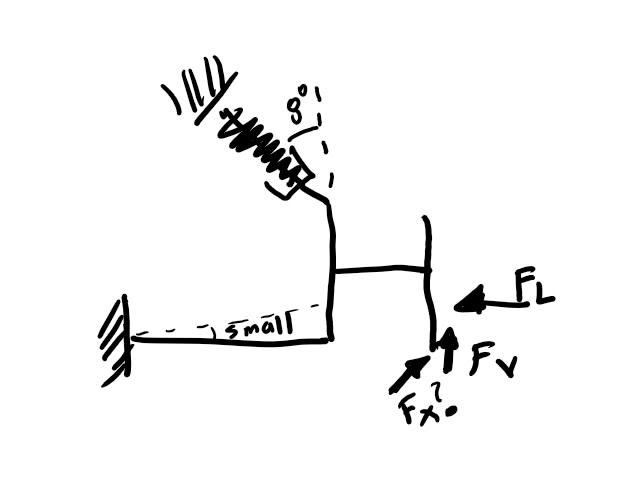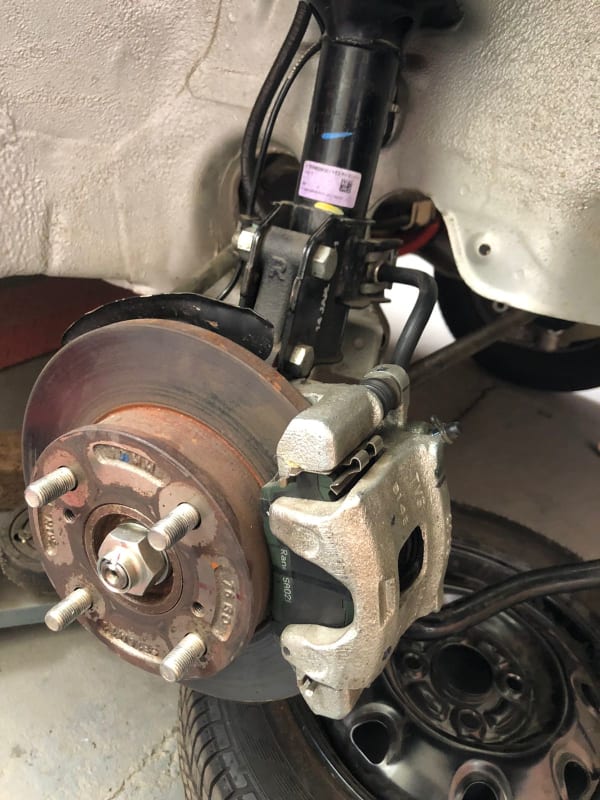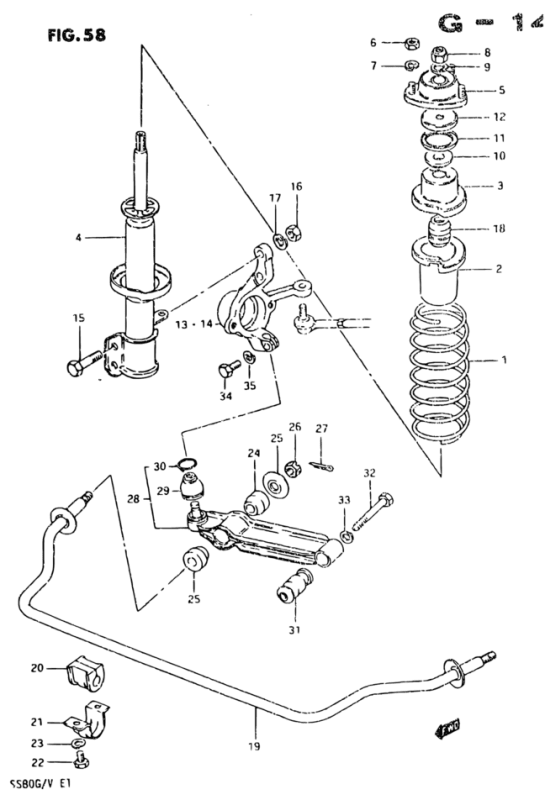Sebastian Viancha
Mechanical
Hello! A question that I have had for a long time while studying automotive design is that, if you see the suspension in a lateral view and a static moment, almost all the vertical load goes to the shock absorber and almost all the lateral force to the lower control arm, but what about the longitudinal (braking one) Should it be shared between the two parts? Who should react more or is it equal?





